Koutoubia Mosque
The soul of the city is the nearby Koutoubia Mosque, the main place of worship in Marrakech. Like all Marrakech mosques, entry is forbidden to non-Muslims.
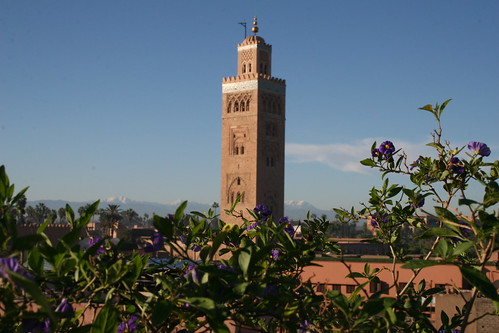
El Badi Palace
This 16th-century palace was once a playground for Saadian princes and visiting diplomats—a mammoth showpiece for opulent entertaining. Today, it's a romantic set of sandstone ruins, policed by nesting storks. A huge swimming pool in the center (still there today) is flanked by four others, along with four sunken orange orchards. The main hall was named the Koubba el Khamsiniyya, referring to its 50 grand marble columns. Along the southern wall is a series of below-ground corridors and underground dungeons.
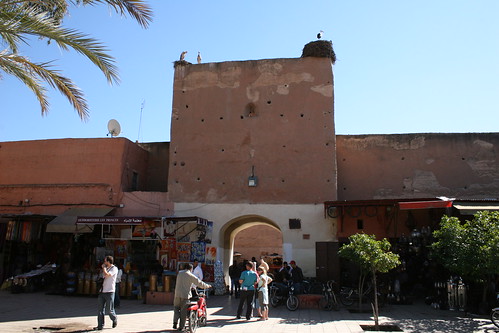
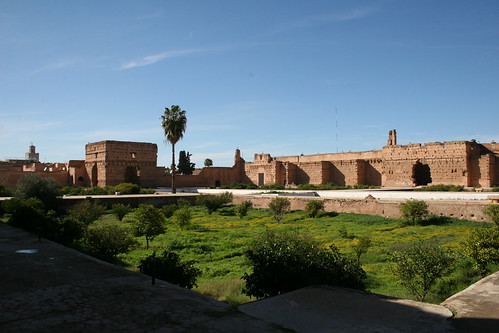
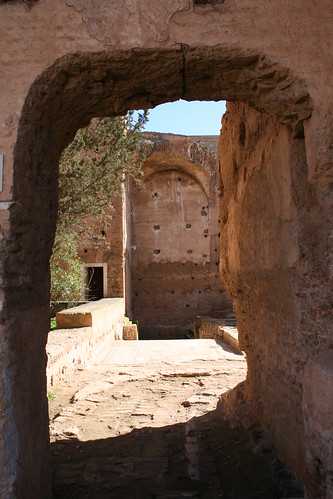
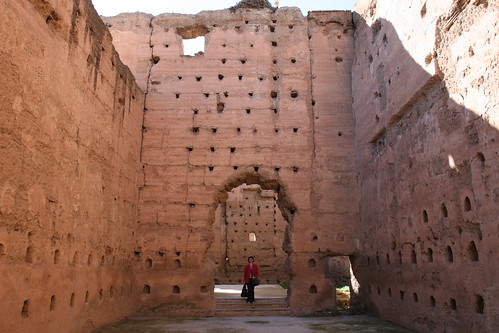

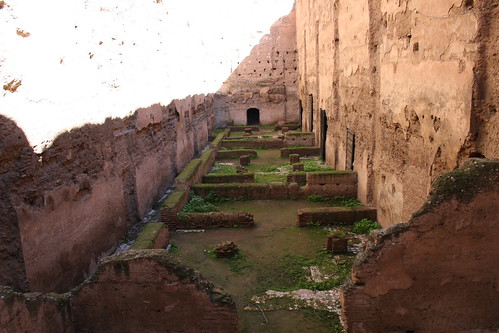
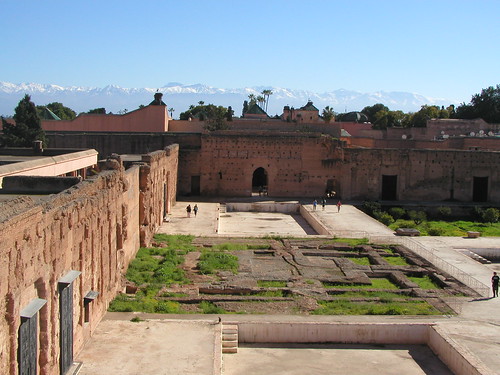
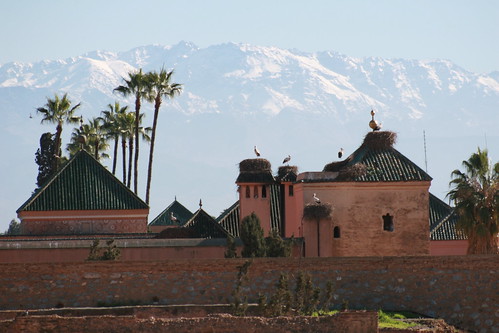



Bab Agnaou and City Ramparts
One of several gates into the city along with pictures of the city ramparts.

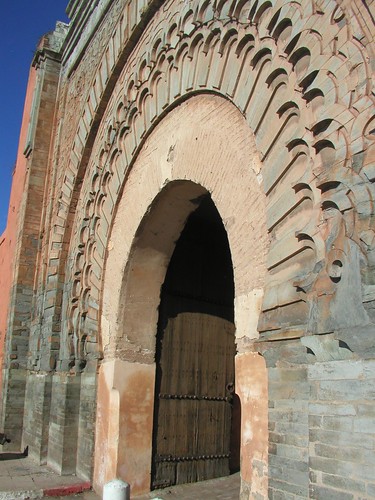


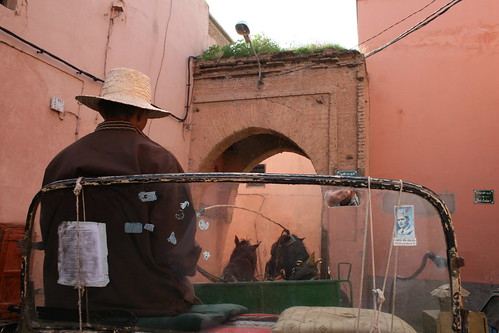
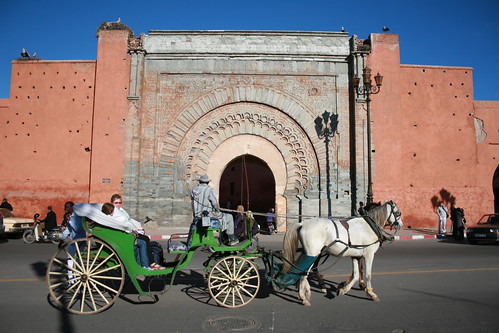
RabbaKedima, "Old Square"
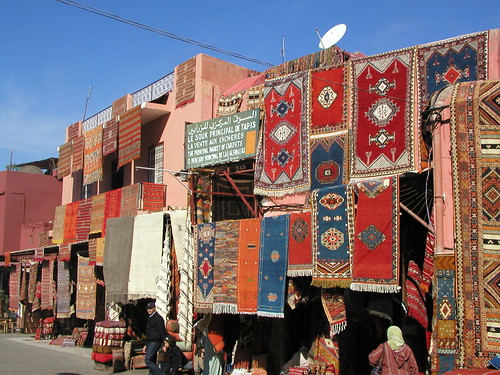
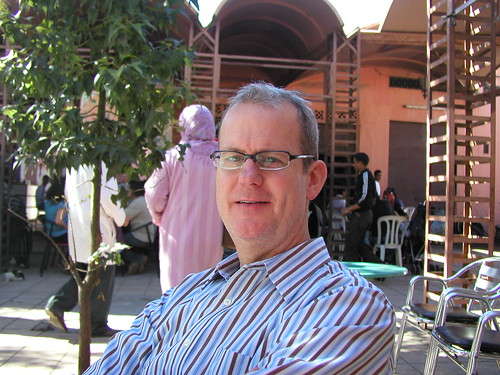
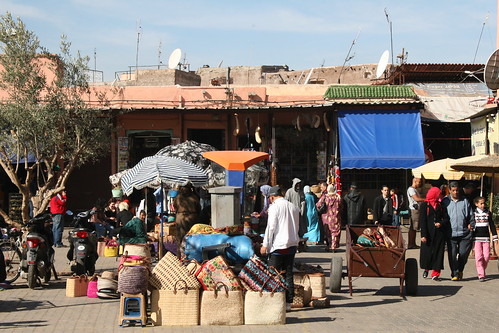
Saadian Tombs
This small, beautiful 16th-century burial ground is the permanent resting place of 166 Saadians, including its creator, Sultan Ahmed el Mansour, the Golden One. Here, Hachie Gal meets up with a "Water Man" outside the entrance to the tombs.
The central mausoleum, the Hall of Twelve Columns, contains the tombs of Ahmed el Mansour and his family. It's dark, lavish, and ornate, with a huge vaulted roof, carved cedar doors and moucharabia (carved wooden screens traditionally used to separate the sexes), and gray Italian marble columns.
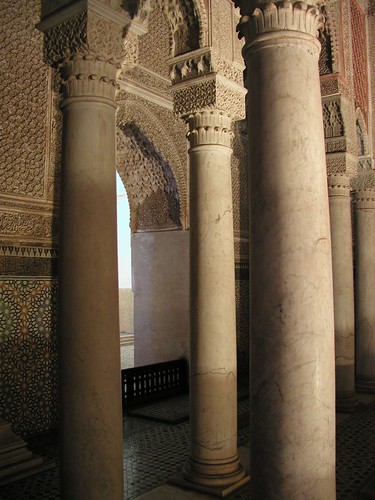
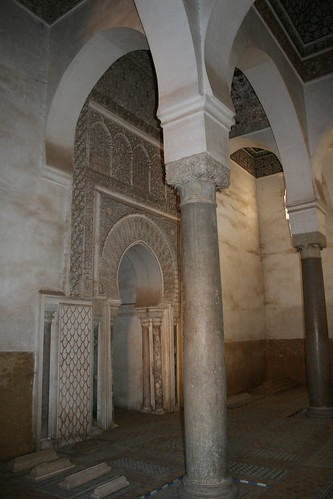

True to his name, he did it in style—even those not in the lavish mausoleum have their own colorful zellij graves, laid out for all to see, among the palm trees and flowers.
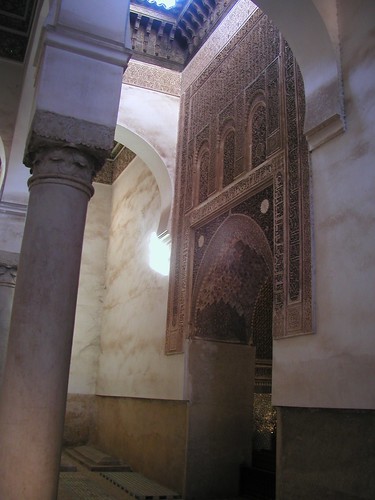
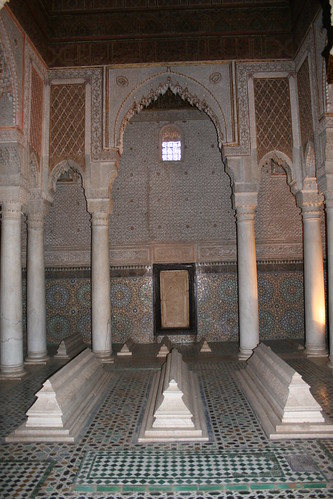
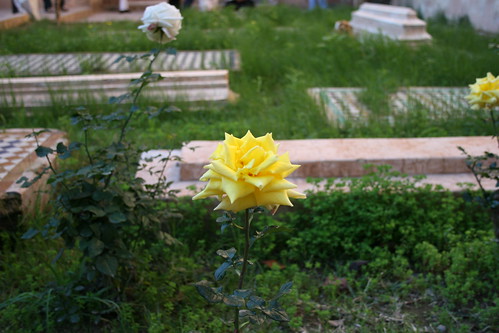
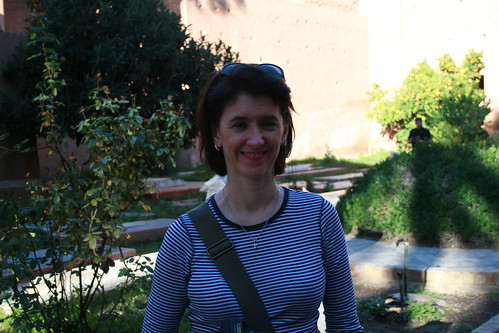

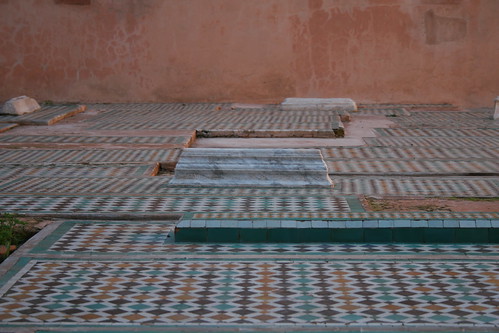
Because the infamous Moulay Ismail chose not to destroy them (he was apparently superstitious about plundering the dead), these tombs are one of the few Saadian relics left. He simply sealed them up, leaving only a small section open for use. The complex was rediscovered only in 1917 by General Hubert Lyautey during the French protectorate.
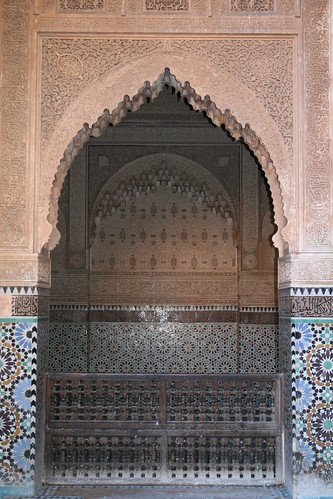
Architectural detail of the tombs.
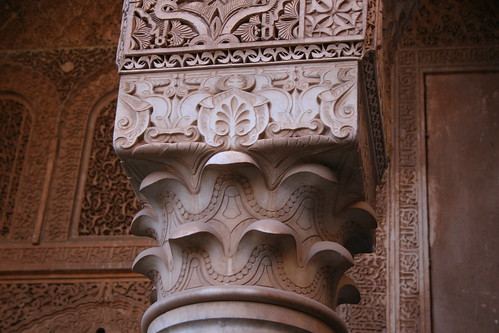
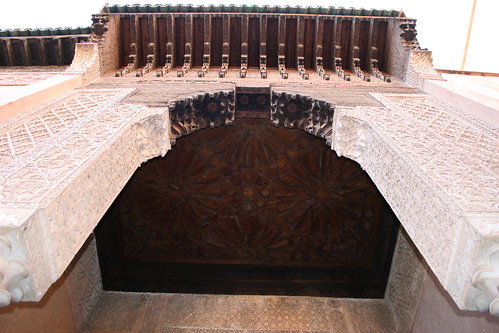
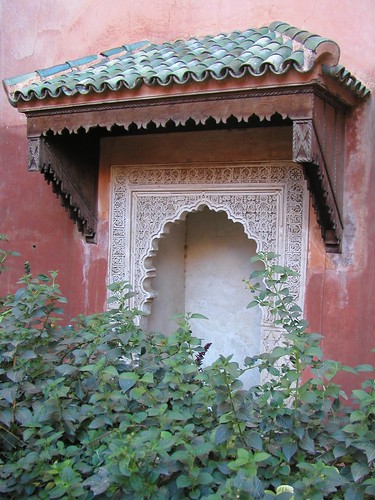


No comments:
Post a Comment